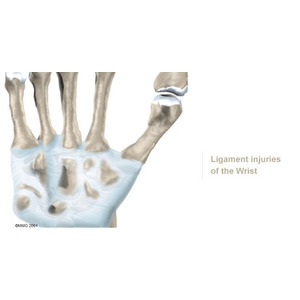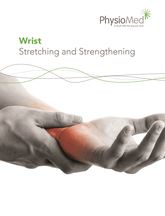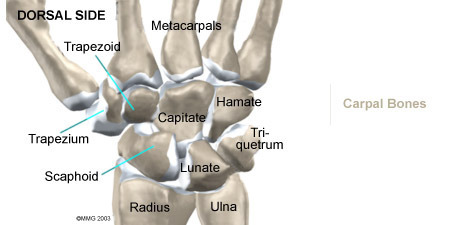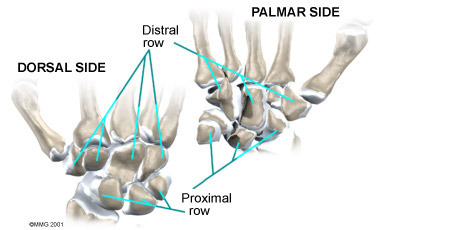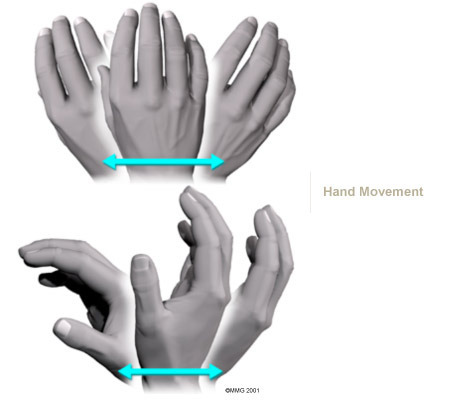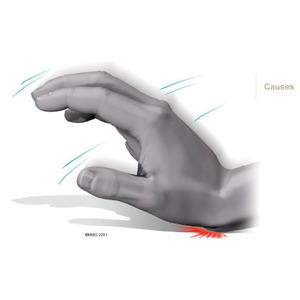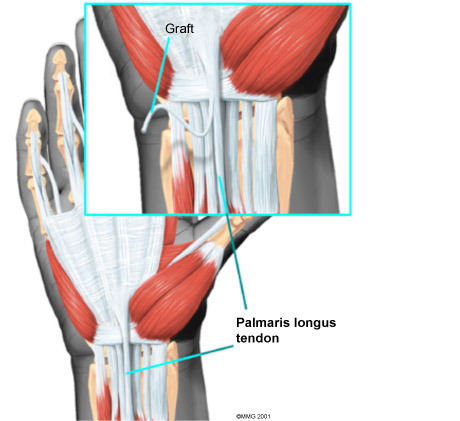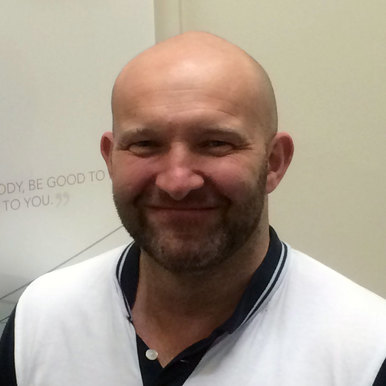The first challenge in treating a ligament injury of the wrist is recognising that it exists. Many patients fall and injure their wrist and assume they have a sprain. They treat the sprain with rest for a few weeks, and then resume their activities. Many ligament injuries go unrecognised until much later when they cause problems.
The treatment of a ligament injury depends on whether it is an acute injury (just happened within weeks) or a chronic injury (something that happened months ago).
Non-surgical Rehabilitation
A wrist injury that causes a partial injury to a ligament, a true wrist sprain, may simply be treated with a cast or splint for three to six weeks to allow the ligament to heal.
After wearing a splint or cast for three to six weeks, you may begin your Physiotherapy programme at Physio Med to help you regain wrist range of motion, strength, and function.
Post-surgical Rehabilitation
If you have surgery, your hand and wrist will be bandaged with a well-padded dressing and a splint for support. Although time required for recovery varies, you may need to attend your Physiotherapy sessions for up to three months after surgery.
Our first few treatment Physiotherapy sessions focus on controlling the pain and swelling after surgery. Then our Physiotherapist will have you begin to do exercises that will help strengthen and stabilise the muscles around the wrist joint. We may also use other exercises to improve the fine motor control and dexterity of the hand. Our Physiotherapist will suggest ways to do activities without straining the wrist joint.
At Physio Med, our goal is to help you keep your pain under control, improve strength, and to regain fine motor abilities with your wrist and hand. When your recovery is well under way, regular visits to our clinic will end. Although we will continue to be a resource, you'll be in charge of doing your exercises as part of an ongoing home programme.
Portions of this document copyright MMG, LLC.
